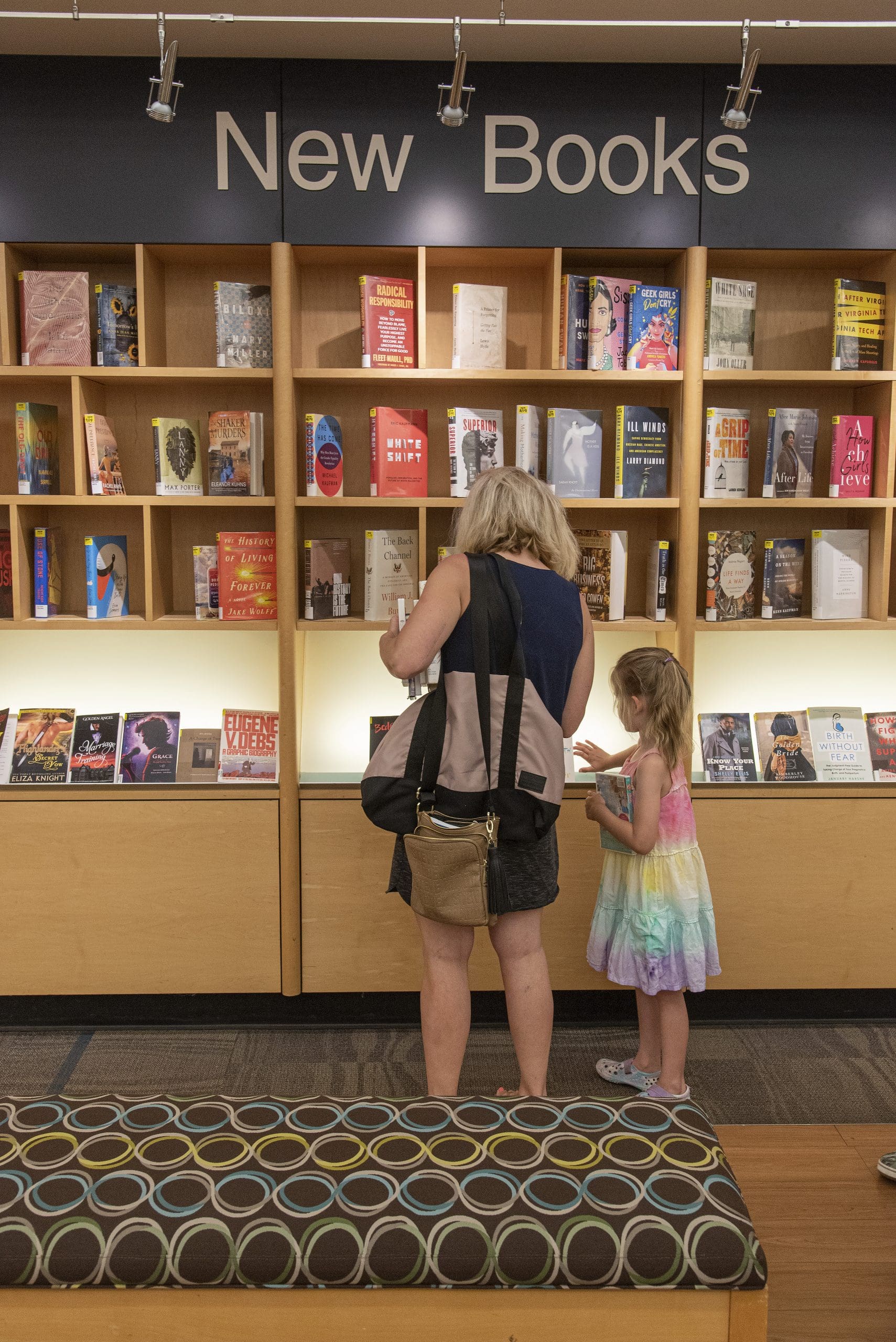 Ask any elementary-age child what their reading level is and they’ll answer with a letter, a number, or some combination of both. Most elementary schools use a text leveling system to track improvements in students’ reading skills through the school year and across grade levels. Different schools use different leveling systems, while public libraries often don’t use any. So how do you find books that are right for your child? There are several answers to that question.
Ask any elementary-age child what their reading level is and they’ll answer with a letter, a number, or some combination of both. Most elementary schools use a text leveling system to track improvements in students’ reading skills through the school year and across grade levels. Different schools use different leveling systems, while public libraries often don’t use any. So how do you find books that are right for your child? There are several answers to that question.
Choose books by reading level. You can do this by converting your child’s reading level to the Lexile Measure, which is more commonly featured in public libraries. The Lexile Measure represents a book’s level of text complexity. Once you’ve found your child’s Lexile Measure, use Advanced Search on the library’s website to search for books within a specific Lexile range - scroll down to Reading Level and fill in the values (typically 100 points below to 50 points above your child's Lexile measure). You may also stop by any of the reference desks, we are happy to show you how to search Lexile Measures.
Choose books by general age and interest. Use the library’s categories like Easy Readers (for beginning readers), Juvenile Fiction (chapter books to children’s novels), or Graphic Novels (narratives that use sequential art and text to tell the story) to find something your child will enjoy. Ask a librarian for help if you’re not sure what your child might like, we are always happy to make recommendations.
Let your child pick out their own books. This is the answer most librarians will give. When children are free to choose their own reading materials, books they want to read, they’re more likely to actually read and enjoy them. The more children enjoy reading, the more they’ll read, and the more they read, the better readers they become.
Librarians and teachers share a common goal – both want kids to develop their reading skills and enjoy reading. When kids are in the classroom, their freedom to choose books is often restricted to their specific reading level. When they come to the library, librarians encourage them to choose any book on the shelf. Leaving with a whole stack of books can ensure that kids have access to text at a variety of reading levels. If one of the books is “too hard,” they’ll improve their skills by looking at pictures and sounding out words- even if they can’t read the whole thing. If another is “too easy,” they’re free to enjoy the act of reading and the pleasure of being immersed in a good story.


Add a comment to: How Do I Find Books at My Child’s Reading Level?